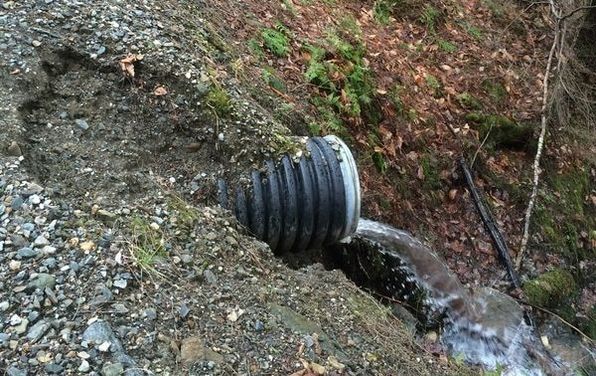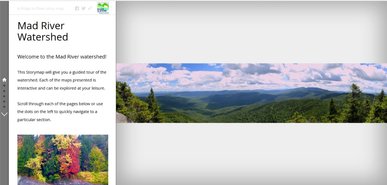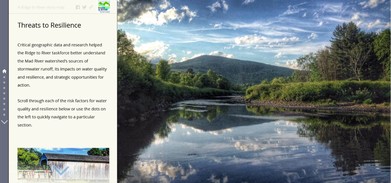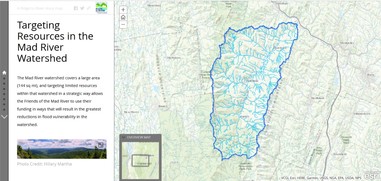|
RESEARCH
Environmental Report by Stone EnvironmentalBetween September 2015 and June 2016, the Taskforce worked with Stone Environmental to analyze the watershed’s environmental characteristics in order to identify the sources of stormwater runoff in the Valley. The goal was to identify land uses in the watershed that disproportionately contribute to both stormwater pollutant and sediment load (impacting water quality) and stormwater volume (impacting flood resilience). The report found that private roads and driveways are one of the most significant contributors, and one of the least regulated or managed. Stone Environmental also made recommendations about how Ridge to River could address stormwater management in order to have a positive impact on water quality and flood resilience.
|
|
Private Road Prioritization by Watershed Consulting AssociatesAfter learning about the significance of runoff from private roads and driveways in our watershed, we wanted to learn more about where we should focus limited resources. In January 2017, Watershed Consulting Associates helped identify subwatersheds that present the greatest potential threats to water quality due to runoff from private roads. They also identified some of the neighborhoods where people might be having the biggest challenges managing their private drives.
|
KEY FINDINGS
Problematic RoadsSteep, rural roads and driveways present the MRV with a major stormwater challengeMany Road Miles:
|
|
DIG DEEPER
Want to explore the data more deeply? Watershed Consulting Associates built Story Maps from the data in Stone Environmental's report on Landscape & Environmental conditions. Dig in below using these interactive map browsers to learn about the watershed, threats to water quality, and how we hone in on priority areas.
Our WatershedSee the watershed boundaries, learn which subwatershed you call home, and discover land cover types across the Valley.
|
|





